Report this entry
More from the same community-collection
90s Metal Show Poster Advertising Two Shows
90s band poster advertising a metal band show at The Pitt on 217 ...
Knick-Knack Store Advertisement
Quirky knick-knack store advertisement for different products at ...
Alternative Band Poster 2000s
Alternative band show at The House of Rock N Roll (HORR) on 4645 ...
At the "Plaza Monumental" Cd. Juárez
Paco Aguilera, Pauline Vizina, Ana Salazar, Marta Garza, Yolanda ...
Group of girls from Cd. Juárez at the Casino
We would be looking at these beauties to select our partner for ...
Shanghai Grocery and Meat Market
The Shanghai Grocery and Meat Market opened in April 1937 at 646 ...
Neighborhoods & Shared Memories: Rio Grande To Franklin Heights
Nesom Residence
This building is located at 1226 ...
Neighborhoods & Shared Memories: Rio Grande To Franklin Heights
Welch Residence
This building is located at 1519 ...

















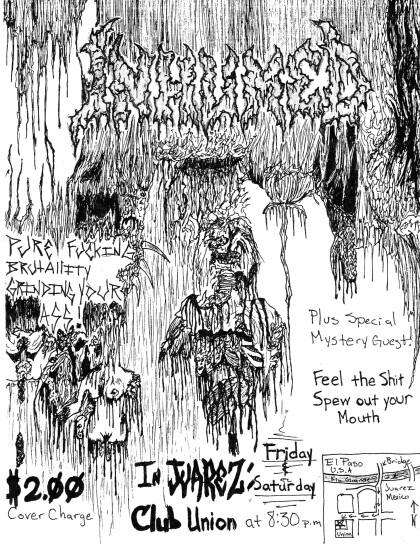
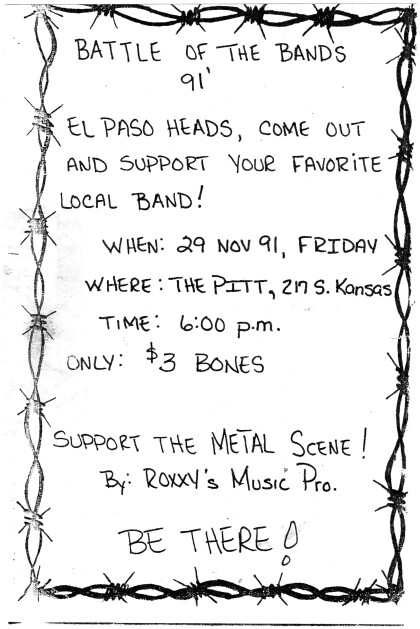
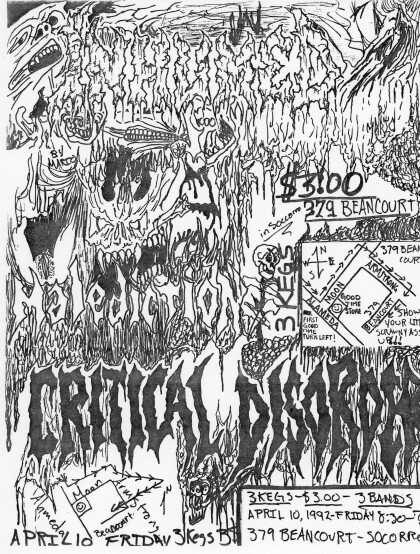
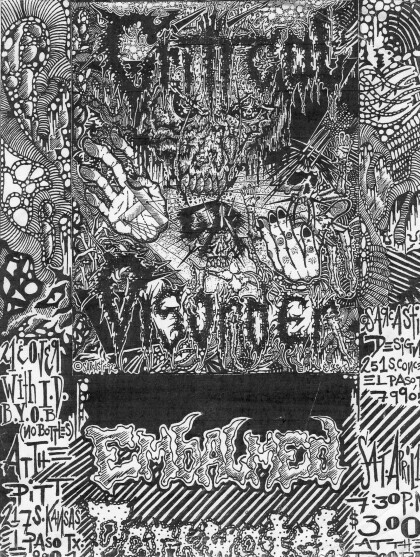


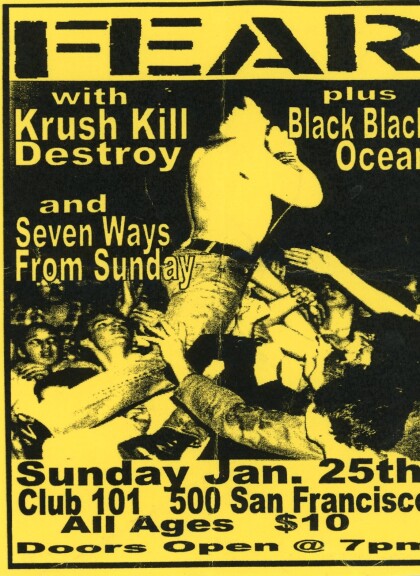

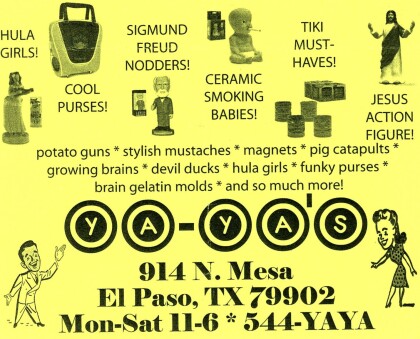
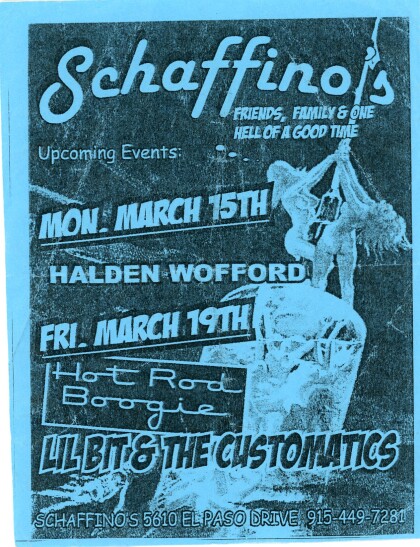
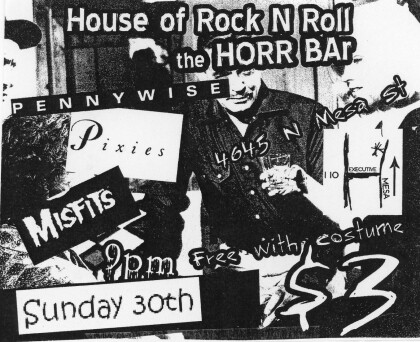
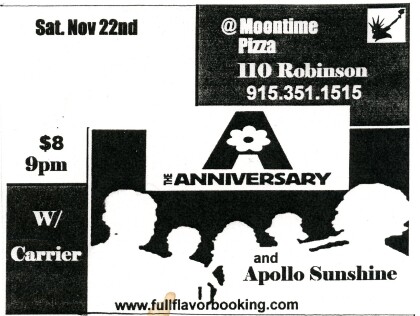
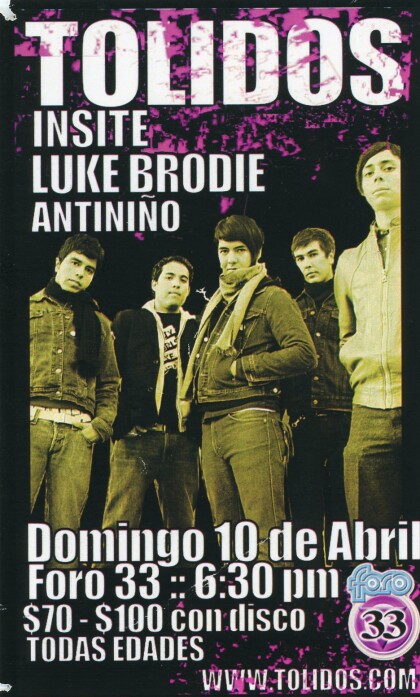
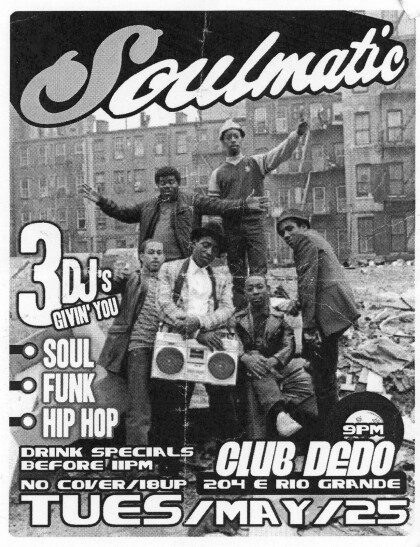
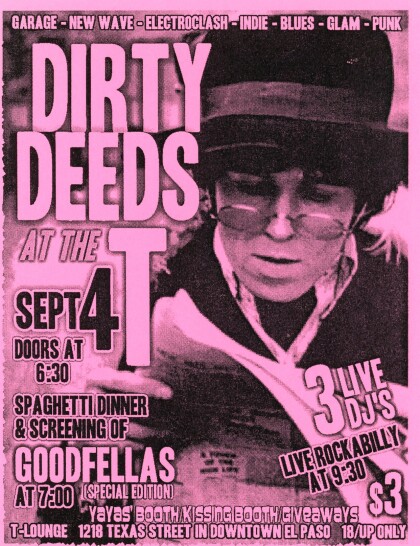

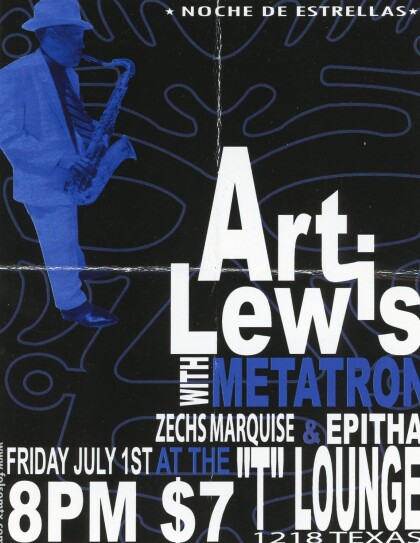
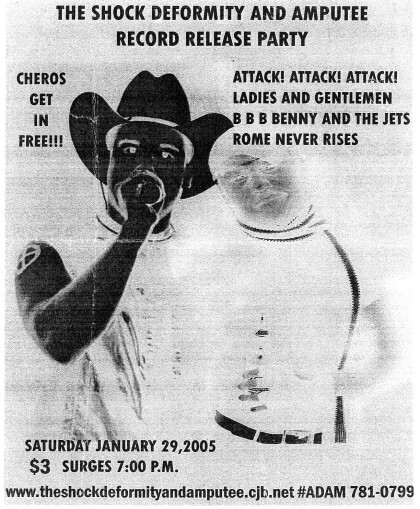
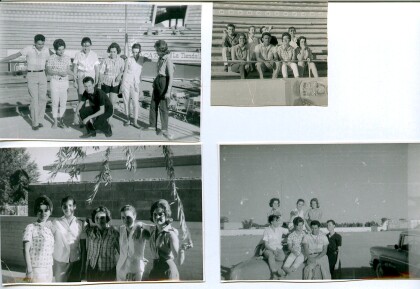
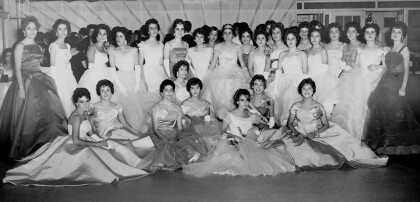
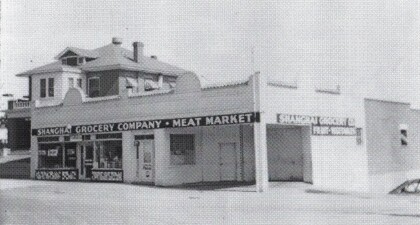
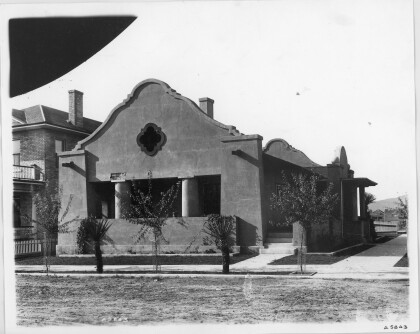
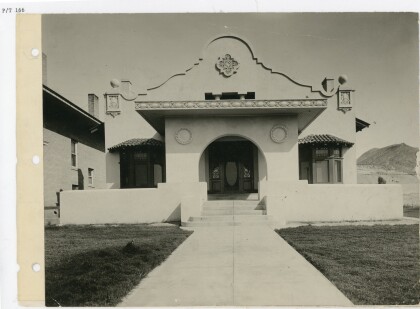
Comments
Add a comment